‘Undisputed Champion’ belt? Let’s just say it takes steady nerves, an artistic eye and a latte talent.
Eliza Cole, a look of intense concentration on her face, swirled espresso in a wide brown cup and then began pouring in steamed milk, gently moving her pouring hand so the creamy foam formed a heart on the top – one of the most basic designs of latte art.
Cole, 25, is a barista at Back Yard, a coffee house in Ogunquit. She’s much better at making tulips, but the first round of competition at the Thursday night Latte Art Throwdown at Coffee By Design in East Bayside called for hearts, which have given her trouble. So she shut out the din of dozens of twenty- and thirty-something fellow baristas socializing and drinking beer, and practiced pouring latte hearts behind the bar. Soon she would do it for the judges.
“Yeah, I’m nervous,” she said, “but it’s usually pretty laid-back, and it’s a lot of people that we know. There’s nothing to lose, and it’s all about learning other skills and talking to other people about what they know about coffee and improving yourself.”
Bard Coffee in Portland launched the Latte Art Throwdown in summer 2010 as a fundraiser for Coffee Kids, a charity that helps children in the coffee-growing regions of Central and South America. Now it is held about every three months – the next one will be in February at Elements in Biddeford – and various charities benefit.
Latte art took off in the 1990s and today most coffee shop customers expect their latte to be served with at least a heart, tulip or rosetta – the most common “free pour” designs – on top. “Etched” designs, also known as “designer lattes,” are drawn using a coffee stirrer or other tool. They could be flowers, fish, or even a fire-breathing dragon – the barista is limited only by his or her own imagination.
The designs are ephemeral: Their shape and definition starts to fade after a couple of minutes. But latte art is taken seriously enough that, in 2006, the Specialty Coffee Associations of Europe and America founded the World Latte Art Championship. (Next year, it will be held in Shanghai.) The U.S. Latte Art Championship followed in 2014.
Maine’s Latte Art Throwdown, which assesses only free pours, doesn’t take itself quite so seriously, but it’s still packed with talented local latte artists who are looking to improve their work.
The throwdown is free and open to the public, but competing baristas toss a $10 entry fee into a kitty. The winner and a charity chosen by the coffee house host split the take at the end of the evening. Last week, several local coffee shops closed early on Thursday so their baristas could attend.
Asked how she hoped to improve her skills, Cole laughed and said, “I want to be Brittany.”
That would be Brittany Feltovic, manager of Bard Coffee, the woman who helped start the local competition and a well-seasoned competitor herself who has participated in nearly every throwdown. Those she didn’t compete in, she judged. She won the last event and was defending her title on Thursday.
The prize, in addition to half the money pot, was a huge silver belt sitting on the bar, the kind of over-the-top accessory that looked as if it belonged in Elvis’ closet. It was inscribed “Undisputed Champion.”
Feltovic said competing in the throwdowns has helped her settle her nerves, always an issue when customers lean over the counter at work to watch what she’s doing.
“The fun part is being able to go to different shops and be on different machines,” Feltovic said. “That adds to the challenge because every machine is going to be a little bit different.”
AND THEN THERE WAS WON
Twenty-two baristas were competing at Coffee By Design. The judges were three local media folks and two experts from J.Rene Coffee Roasters in West Hartford, Connecticut. Jesus Gomez, head barista at J.Rene, recently placed fourth in the 2015 U.S. Latte Art Championship, and Michael Acosta manages the Underground Coffeehouse in Hartford.
The room was a sea of plaid shirts and dark beards, and everyone was having such a good time it seemed as if no one noticed when the competition got underway. Mary Allen Lindemann, co-owner of Coffee By Design, and her staff drew names to pair baristas against each other. They kept track of winners with a bracket drawn on a white board.
First up were Elaine Garnett, 27, a barista at Coffee By Design in Freeport, and Dan Demers, 29, owner of D Squared Java in Exeter, New Hampshire. Garnett filled her cup to the brim, then high-fived co-workers before carefully carrying the cup over to the judges, who kept their backs turned so they couldn’t see who made which cup. When judges examine a cup of latte art, they are looking for contrast, symmetry, color definition, and overall appearance. It is all about the art, not the taste.
Garnett made a fine heart, but Demers’ complex creation could have been framed and hung on a wall. The judges counted to three and then pointed their index finger at their favorite cup.
Demers moved on to the next round.
As the competitors were whittled away, the crowd grew more attentive – and rowdier, shouting “woo hoos!” as friends and co-workers stepped up to the bar for their turn.
An hour and a half and three rounds passed. It was down to two: Brittany Feltovic and Dan Demers, who enjoyed a little friendly conversation as they prepared their drinks. In this final round, they could choose their own design. Feltovic, holding her cup of espresso in one hand and steamed milk in the other, said even at this last moment she didn’t know what she would do. She hit the cup on the counter a couple of times and then began pouring, and it turned into a tulip. (Demers, she said later, is known for making great tulips. Know thine enemy.)
“Yay, Brittany!” the hometown crowd yelled as she carried her cup to the judges. While she finished her cup in a flash – a mark of fearlessness or overconfidence? – Demers took his time. The background chatter resumed.
The judges, as usual, positioned the two final cups so the designs were straight (all the better for evaluating symmetry) and just as they had all evening long came to a quick decision, with little or no discussion. They drew their fingers and pointed.
Feltovic’s cup got three votes. Demers’, two. Feltovic’s supporters cheered, and she claimed her trophy, grabbing the championship belt off the bar; then she enjoyed the low-key afterglow of victory as friends and colleagues came up to congratulate her.
The throwdown is casual, so casual that a couple of the judges were unaware that they had judged the final round. Yet it can also be intense. Gomez and Acosta lingered around the two final cups for several minutes, engaged in impassioned conversation with a man who grilled them on what made one design better than the other.
“They were both great designs,” Demers said, far from a sore loser. “I’m happy just to be able to hang out with all these cool folks here.”
Send questions/comments to the editors.


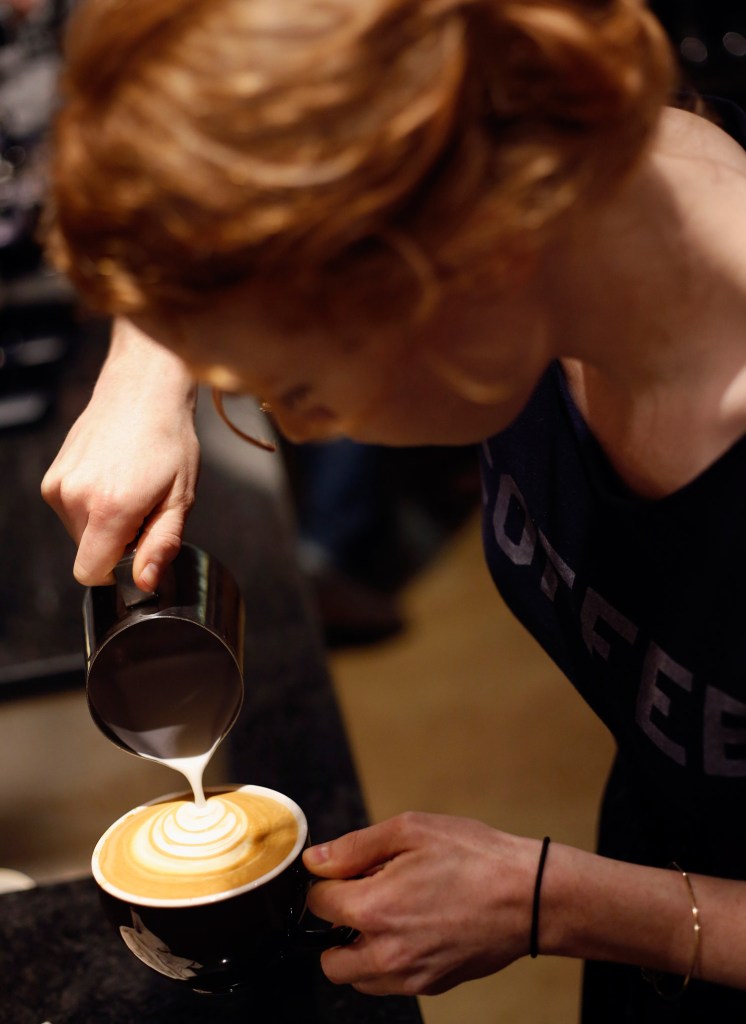
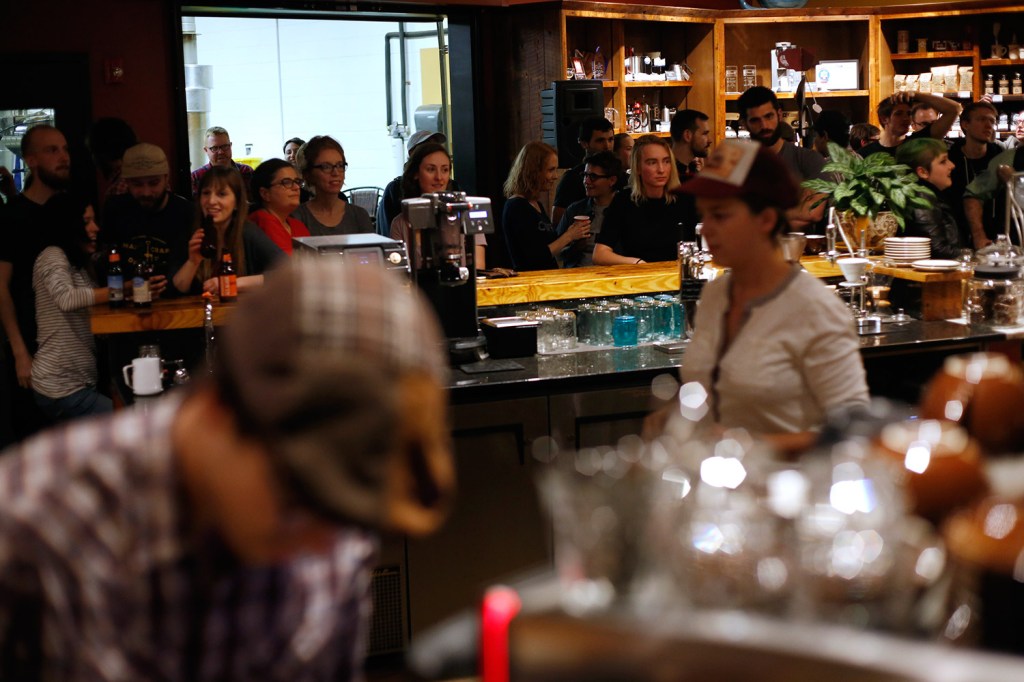


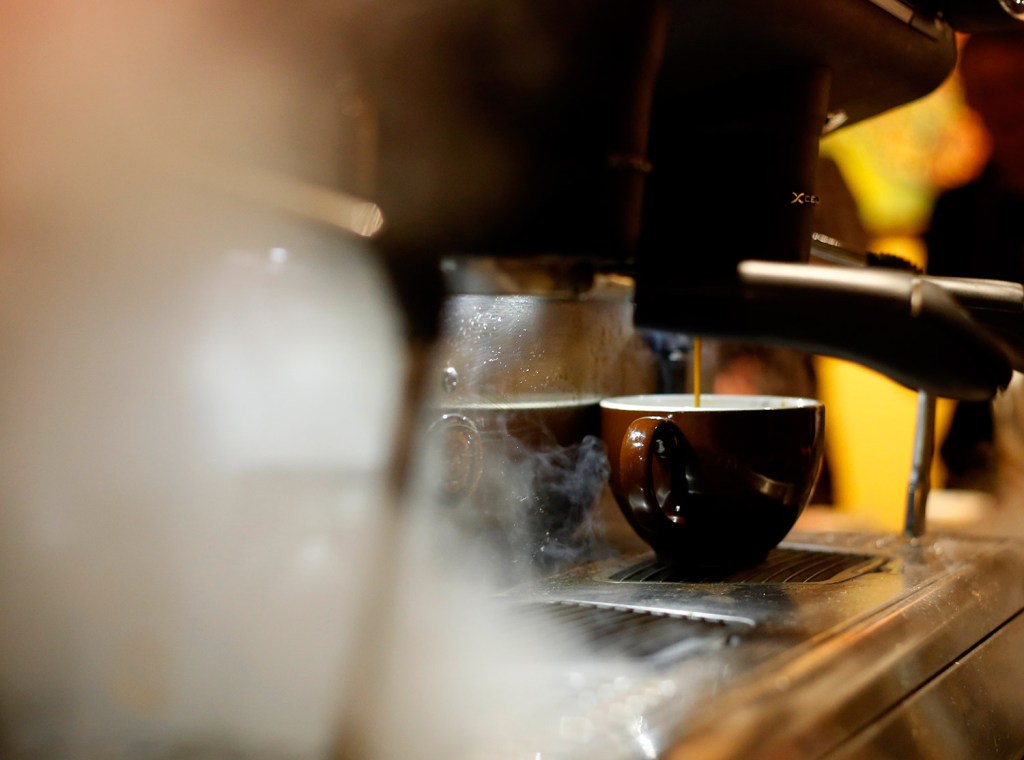
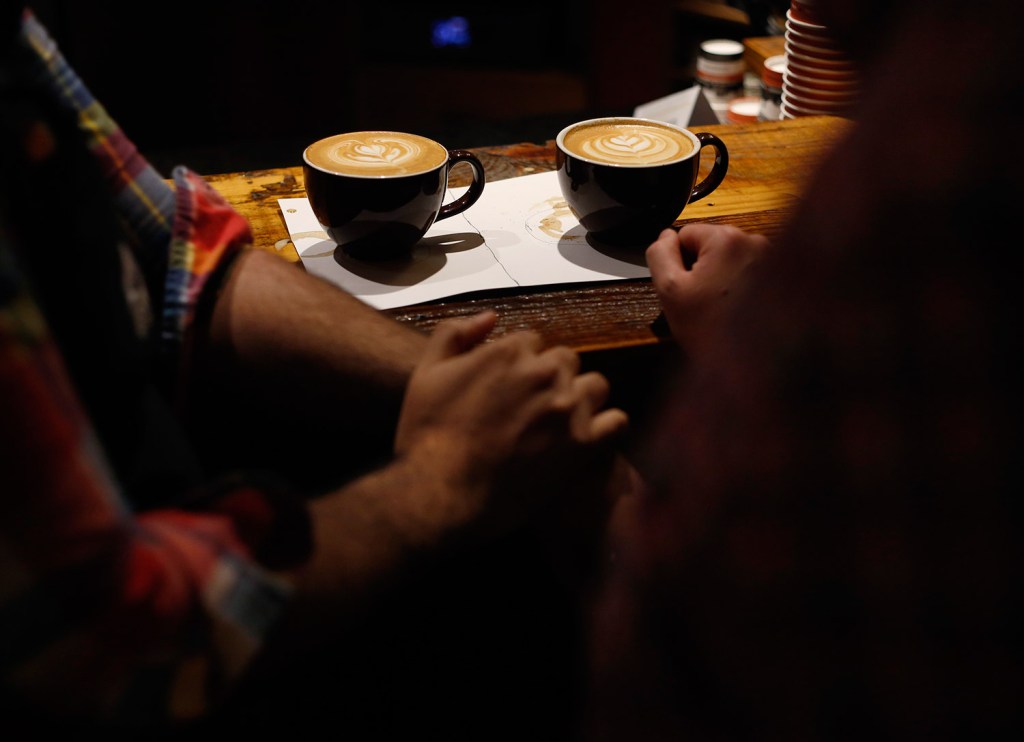
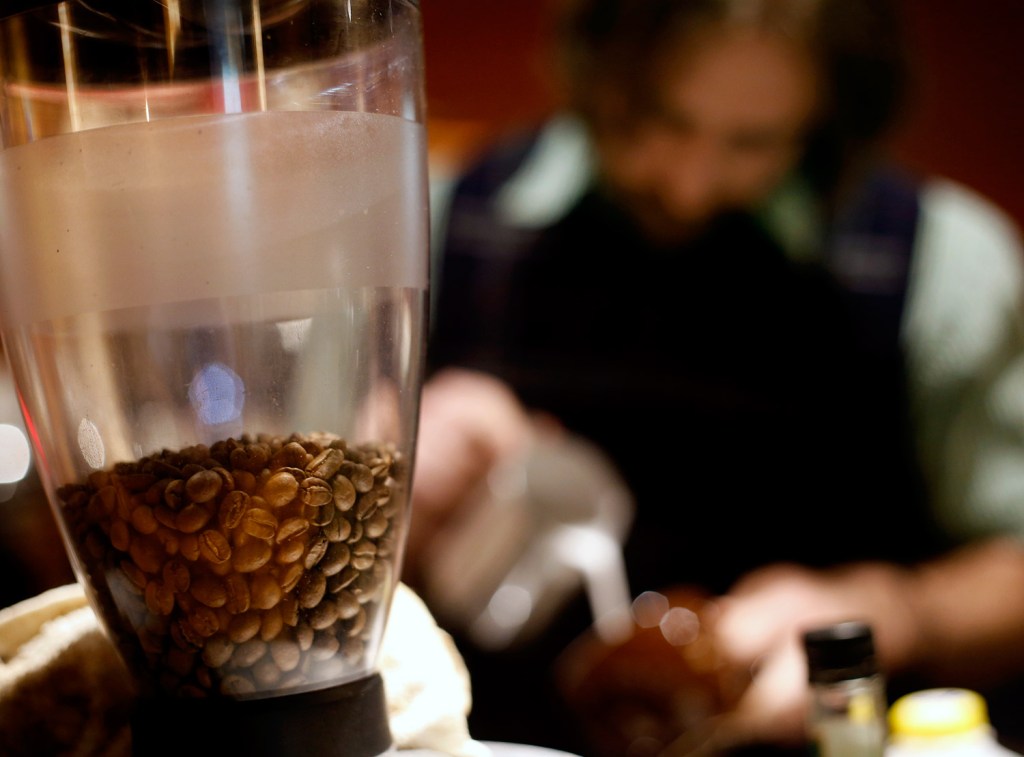

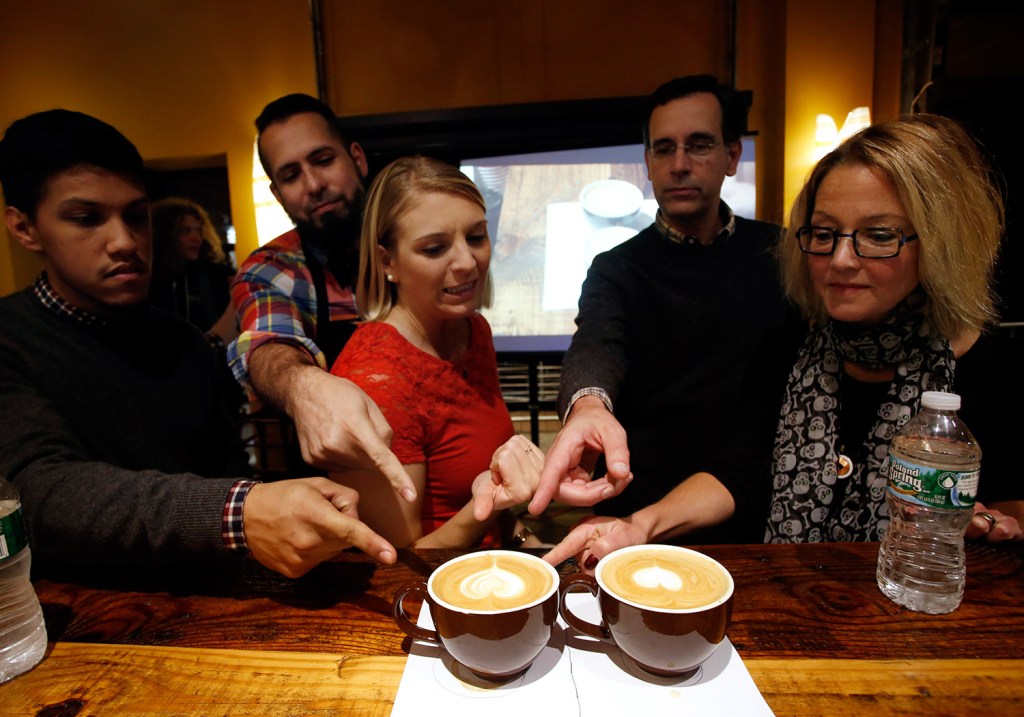
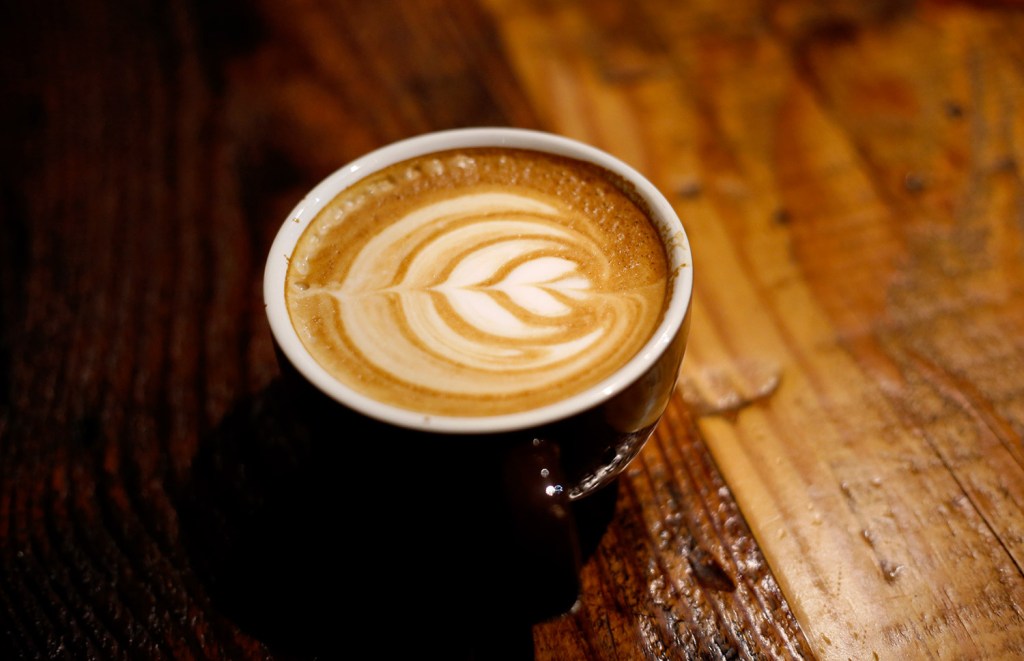

Comments are no longer available on this story